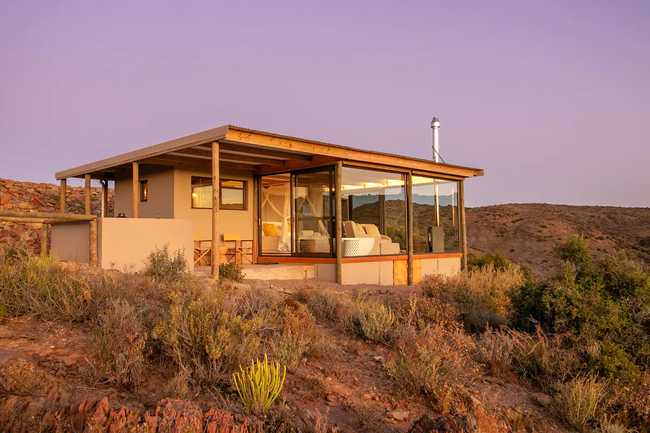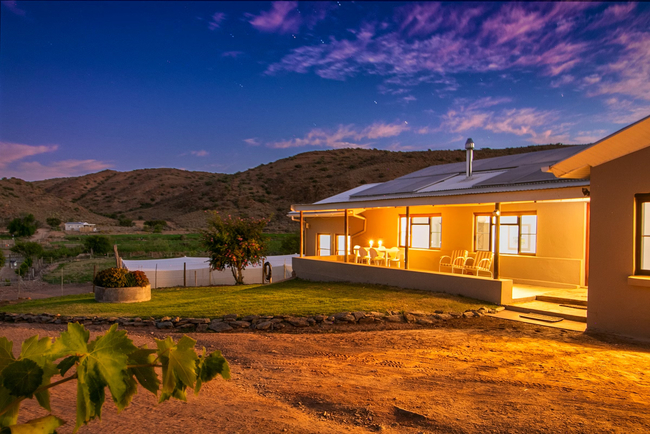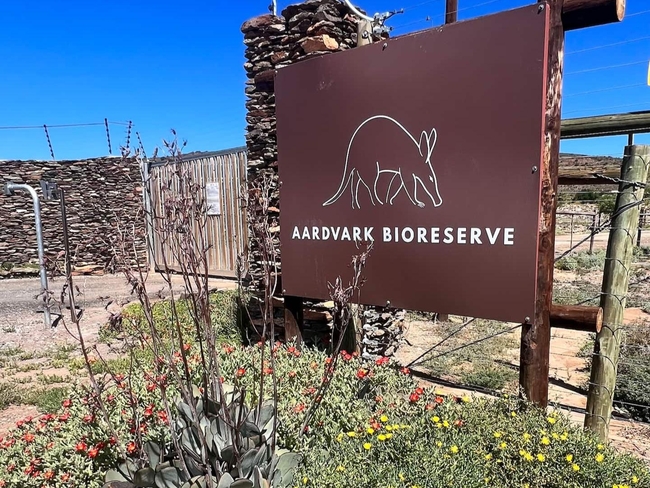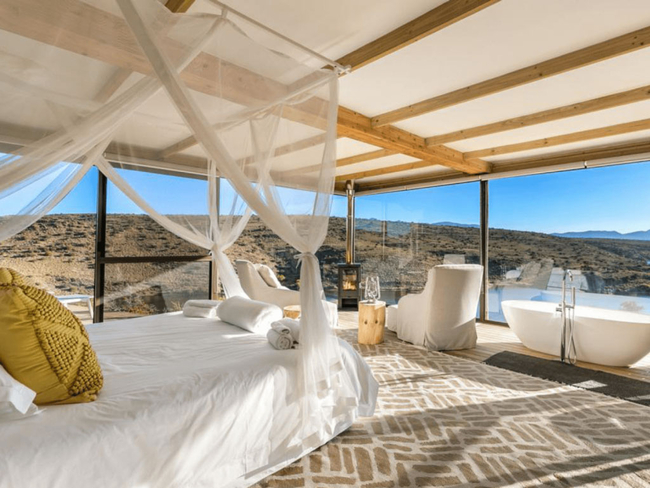Orycteropus afer - The Aardvark
The most prominent physical feature of the aardvark is its long snout, which it uses to sniff out ants and termites. It is a medium sized mammal and is the largest of a group of animals that live solely on insects.
Did you know? The name aardvark comes from the Afrikaans word meaning "earth pig".
As an African native, the aardvark features high on the list of animals to see during your travels in South Africa and its surrounding lands. It is a burrowing mammal that is the last surviving member of the prehistoric Tubulidentata order, and not part of the pig family, as its name (which means “earth pig” in Afrikaans) would imply. Other names include Cape anteater or African anteater.
It has a stout body with a characteristically arched back. The back is slightly raised, thanks to longer hind legs than fore limbs. The nails on its feet are robust, shaped like shovels for optimal anthill digging. Its natural colour is a yellow-tinged grey, but the fur is often stained brown by the anthills and soil in which it digs for food. The very thick tail tapers towards its tip.
Size
The aardvark is between 1 and 1.3 metres long, with an additional tail length of up to 70 centimetres. They measure about 60 centimetres at the height of their shoulder and have a stocky girth of about a metre.
Weight
Most aardvarks weigh between 60 and 80 kilograms (about as much as the average human being).
Habitat
For the best feeding opportunities, the aardvark occupies the grasslands, savannahs, woodlands and dense shrubbery of Africa. During the heat of the day, they are usually found hiding in their cooler burrows. Aardvarks will not be found in waterlogged areas that make digging for ants and termites difficult, and will seldom be found in particularly rocky areas for the same reason.
Distribution
The aardvark can be found all over Africa, south of the Sahara Desert. Their natural distribution extends from Ethiopia to South Africa. However, they are not found in the coastal regions of Ghana, Madagascar, the Ivory Coast or Namibia.
In South Africa, they can be found at the Mokala National Park just outside Kimberley, Pilanesberg National Park (2.5 hours from Pretoria and just over three hours from Johannesburg), Rolfonetein Nature Reserve (less than three hours from Bloemfontein), and Tankwa Karoo National Park (4.5 hours from Cape Town), amongst others.
Diet - Insectivore
The aardvark is a nocturnal feeder that has a diet consisting solely of ants and termites. The tip of its snout is particularly mobile and sensitive, designed for the express purpose of sniffing the insects out; while the long, tubular, sticky tongue snatches them into the mouth dexterously. It will eat tens of thousands of insects during the course of just one night.
Socialisation
Aardvarks search for their food in a zig-zag pattern, only repeating the same area every 5 to 8 days. They are more active hunters between 20h00 and 00h00, and will usually hide in their burrows in the case of bad weather. It is a quiet animal, but may make soft grunting noises while it forages for food. When threatened, it will bleat and retreat quickly to its burrow.
Interestingly, the aardvark is an accomplished swimmer.
Reproduction
Aardvarks will only pair up during mating season. Then, during the cooler period between May and July, one cub is born. The baby usually weighs between 1.7 and 1.9 kilograms, and is bald and wrinkly. The hair will begin to grow at about five or six weeks, and the ears start to stand erect after only two weeks.
The cub is weaned at three months and will learn to dig its own burrow at about six months old. However, it usually stays with its mother until the next mating season. Sexual maturity is reached at around two years of age.
Gestation
The aardvark has a gestation period of seven months.
Life Expectancy
In captivity, aardvarks have been known to live for up to 23 years.
Predators
The predators of Africa are all predators to the aardvark. These comprise mainly the wild dogs and cats of the savannahs; including leopards and lions.
Stay at Aardvark





Sleeps 2 people in 1 unit
Immerse yourself in the serene ambiance of Berghuisie, where every corner unveils a breathtaking panorama, whether ...
- free wifi
- all ages welcome
- hot tub
- power stays on
- parking
- swimming pool
- tonight from
- R
- 7800
- unit rate per night
for up to 2 people
instant booking possible





Ladismith Self Catering
Die Opstal at AardvarkSleeps 8 people in 1 unit
Die Opstal, a spacious 4-bedroom farmhouse, nestles uniquely within the rustic charm of Aardvark Bioreserve's Western ...
- free wifi
- all ages welcome
- hot tub
- power stays on
- parking
- swimming pool
- aircon
- tonight from
- R
- 12000
- unit rate per night
for up to 8 people
instant booking possible





Ladismith Self Catering
Aardvark BioreserveSleeps 20 people in 5 units
Trade the glow of city lights for the sprawl of the Milky Way, embracing a reconnection with the natural world. Select ...
- free wifi
- hot tub
- power stays on
- parking
- tonight from
- R
- 4500
- per room per night
based on 2 persons
instant booking possible
Additional Reading
- South Africa's elusive aardvark – 7 places to see it
- Luxury and Adventure: Exclusive-Use Safari Villas for Family and Group Getaways
- Where to see Big Cats in South Africa
- Meerkats – Where to Find Them
- You'll Find These 15 Amazing Animals in South Africa
- On Safari in Cape Town? Yes You Can
- Where to Safari in South Africa
Where to see Aardvark in their natural habitat?
Want to see Aardvark in their natural habitat? The Aardvark can be seen in many South Africa game reserves and national parks including...




